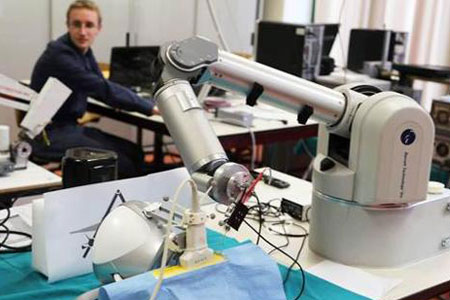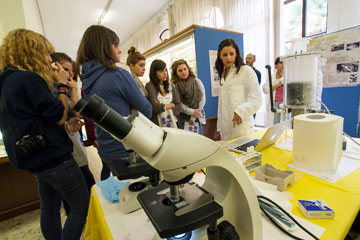SCHEDULE Aula G Tue 02/11 10.30-13.30
Aula G Wed 03/11 9.30-11.30
Aula G Thu 04/11 16.30-18.30
Aula G Fri 05/11 10.30-13.30
ABSTRACT The outbreak of COVID-19 in 2020 and 20201 has led to a surge in interest of the mathematical
modeling of epidemics. Many of the introduced models are so-called compartmental models, in which
the total quantities characterizing a certain system may be decomposed into two (or more) species
that are distributed into two (or more) homogeneous units called compartments. This short course will
introduce the notion of a compartment model and the basics of their development. We will begin with the
standard SIR (susceptible-infected-recovered) model, and gradually introduce more realistic models that
account for factors such as age-structured populations, asymptomatic patients, and interventions such as
lockdowns, mandatory mask-wearing, vaccinations, partial and waning immunity, etc. The course will
also address how one may incorporate spatial variation via a partial dierential equation (PDE) model or
additional compartments in an ordinary dierential equation (ODE) model. Some sample python code
will be provided for numerical examples. The course is open to all students; however previous exposure
to dierential equations and basic programming concepts is recommended.







